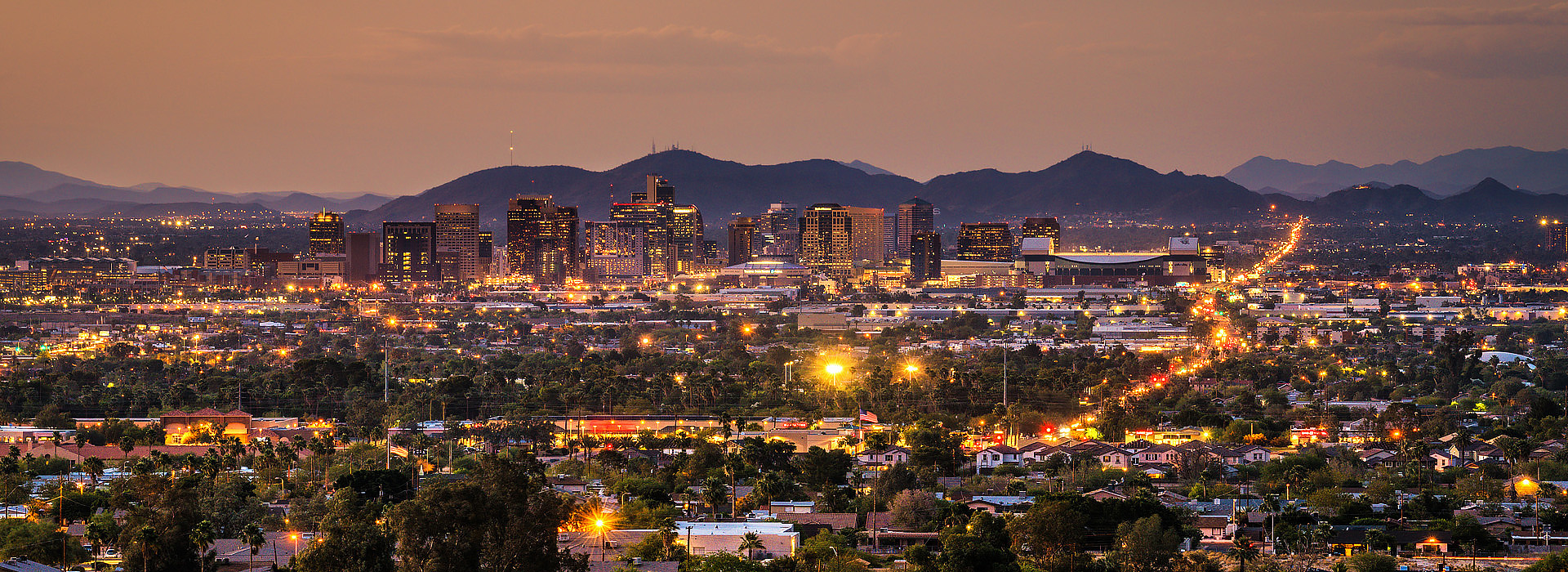Construction work is a dangerous business, regardless of if it’s a small project for an individual homeowner or for a major commercial development. The conditions that construction workers face are extremely dangerous because of the nature of how buildings are constructed and need to be repaired. While regulations, specifications, inspection requirements, and job safety programs all help to prevent construction site accidents and promote safety awareness, accidents still happen.
“Fatal Four”
Viewpoint, a construction software program, decided to take a look at the construction industry’s safety statistics over the past decade. After looking through years of data from the Bureau of Labor Statistics and OSHA, they concluded that there were four fatal injuries that contributed to 57 percent of the fatalities in the construction industry. These were:
Falls - these attributed for 36% of that 57%
Being caught between objects - these attributed for 2% of that 57%
Electrocutions - these attributed for 9% of that 57%
Being struck by objects - these attributed for 10% of that 57%
While these were the main four that contributed to construction accident fatalities, there are numerous other hazards that construction workers face every day.
Hazards
Hazards faced by construction workers include: falls from scaffolding and other elevations, being struck by moving or falling machinery, electrocution, exposure to asbestos and chemicals, injuries caused by defective or unsafe equipment, lifting and repetitive motion injuries. To ensure safety, the construction worker and company or property he or she is working for must be compliant with occupational and site safety standards and regulations. If not, an accident can occur.
Liability in** Construction Site Injuries**
Assigning liability in construction site accidents can be difficult and depends on the size and sophistication of the construction project. Many individuals are involved at a construction site; the site’s landowner, design and engineering professionals, prime and sub contractors, construction managers, in addition to equipment and material suppliers. Typically construction projects are based on general contract relationships. This is when a site owner works with a general contractor and enters into agreements with sub-contractors as required. Larger construction projects are usually handled by “construction management” organizations.
When an injury occurs on a construction site, the type of system organization matters greatly when assessing liability. Because larger construction sites require many things to be delegated from site own to general contractor and from general contractor to prime or sub contractions, the site owner can be many levels removed from the company that is actually doing the work. It has to be determined how much a site owner has control over when it comes to the actual construction work.
The duties and legal responsibilities of everyone involved need to be assessed. Here is a closer look at the various roles of a construction site.
Construction Site Owner
The owner or possessor of the construction site is liable for any injury to individuals involved in the project that is caused by a potentially harmful condition that the owner knew or should reasonably have known of. This duty does not extend to potentially dangerous conditions that should have been obvious to those individuals. That duty can either be eliminated or lessened. An owner or possessor often hands over much control of the land to the independent contractor working on the site. Depending on how much control has been ceded to the independent contractor, the independent contractor can be held liable.
General Contractors and “Sub”-Contractors
Both general and sub-contractors are required to ensure the construction site that is reasonably safe. They have a legal duty to warn individuals of any defects or hazards at the site in addition to any hazards inherent in the work being performed. A general or sub-contractor will have a duty to make sure that work being delegated to them is being performed safely. This duty also extends to the hiring of reasonably competent employees as well as ensuring compliance with safety regulations.
“Prime” Contractors
A prime contractor is responsible for the work that is identified in his or her prime contract as well as any work that he or she chooses to delegate to sub-contractors. He or she also has exclusive responsibility over those sub-contractors when it comes to payment and work quality.
Architects and Engineers
To determine how much responsibility lies with design professionals you must look to the design professional’s contract with the site owner. Duties include progress observations to ensure compliance with plans and specifications, as well as site inspections to ensure compliance with code regulations. These design professionals are typically held to certain accepted standards for performing professional services during the design and/or construction phases of the project. When these standards are not met, an architect or engineer can be held liable for any injuries suffered by construction workers.
Manufacturers of Construction Machinery or Equipment
When it’s been determined that the cause of the incident was due to defective construction machinery or equipment, the manufacturer can be held responsible. Issues of manufacturing defaults are placed in the construction context, including the concept of “no-fault” or “strict” liability.
Insurers
Ample insurance coverage is needed on construction sites. An owner or property manager typically needs to have premises or property liability insurance. The general and/or sub-contractor may need workers’ compensation, commercial general liability, and employer’s liability insurance. During the liability assessment, the insurance coverage of each respective party, and the extent of that coverage, are all factors to be considered.
OSHA Safety Regulations
The Occupational Safety and Health Act (OSHA) of 1970 established safety regulations for work done at construction sites. Each construction site must be OSHA compliant and the responsibility for ensuring OSHA compliance often turns on who was in control of the job site or job activity when the injured employee was hurt. OSHA regulations vary from state to state.
Often times OSHA regulations are not the only legal standards that must be adhered to. Often a property owner or general contractor will have his or her own set of safety rules. These rules can be general, or specific to the construction project at hand.
Working with a Lawyer for a Construction Accident Injury
There are a number of things you can do to protect yourself and your legal rights if you have been injured as the result of an accident at a construction site. These include the following:
- Get immediate medical attention for your injuries.
- Report the injury and accident to your employer and/or construction site manager. Make sure to note the name and position of the person notified.
- Get contact information of anyone who may have witnessed the accident.
- Try to preserve any evidence related to your injury. This includes photographs of your injuries and where they occurred as well as photographs of any of the equipment or tools that were involved in your injury.
Consider working with an attorney to evaluate your potential claim. You will want to do this as soon as possible because an attorney will be able to advise you on immediate steps that need to be taken to ensure a proper investigation is done. Often your cause will depend on the results of the investigation and fact-finding your attorney will undertake on your behalf.
Additionally, there are legal deadlines for filing causes of action for injury. A personal injury attorney will need to conduct a thorough site investigation as soon after the injury as possible.
Working with a Personal Injury Attorney After an Accident
If you have been a victim of a construction accident, you should immediately contact a personal injury attorney that understands the specific laws around these types of accidents. They will be able to perform a full investigation and build your case. It’s crucial that you work with someone that knows the intricacies of the laws surrounding these types of cases as well as your specific state’s laws. The attorneys at Personal Injury Attorneys PLLC have experience handling personal injury cases such as construction accidents. They will help build a case to ensure you receive everything you need to recover from your specific accident.


